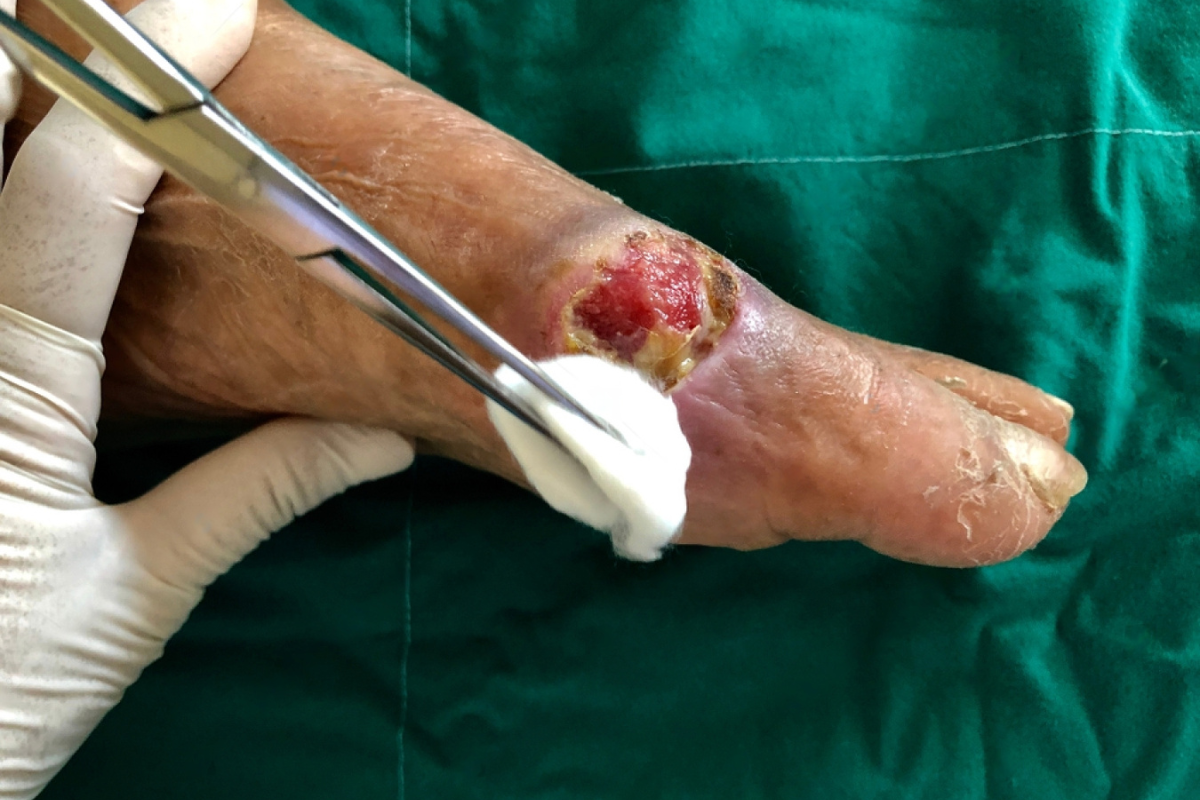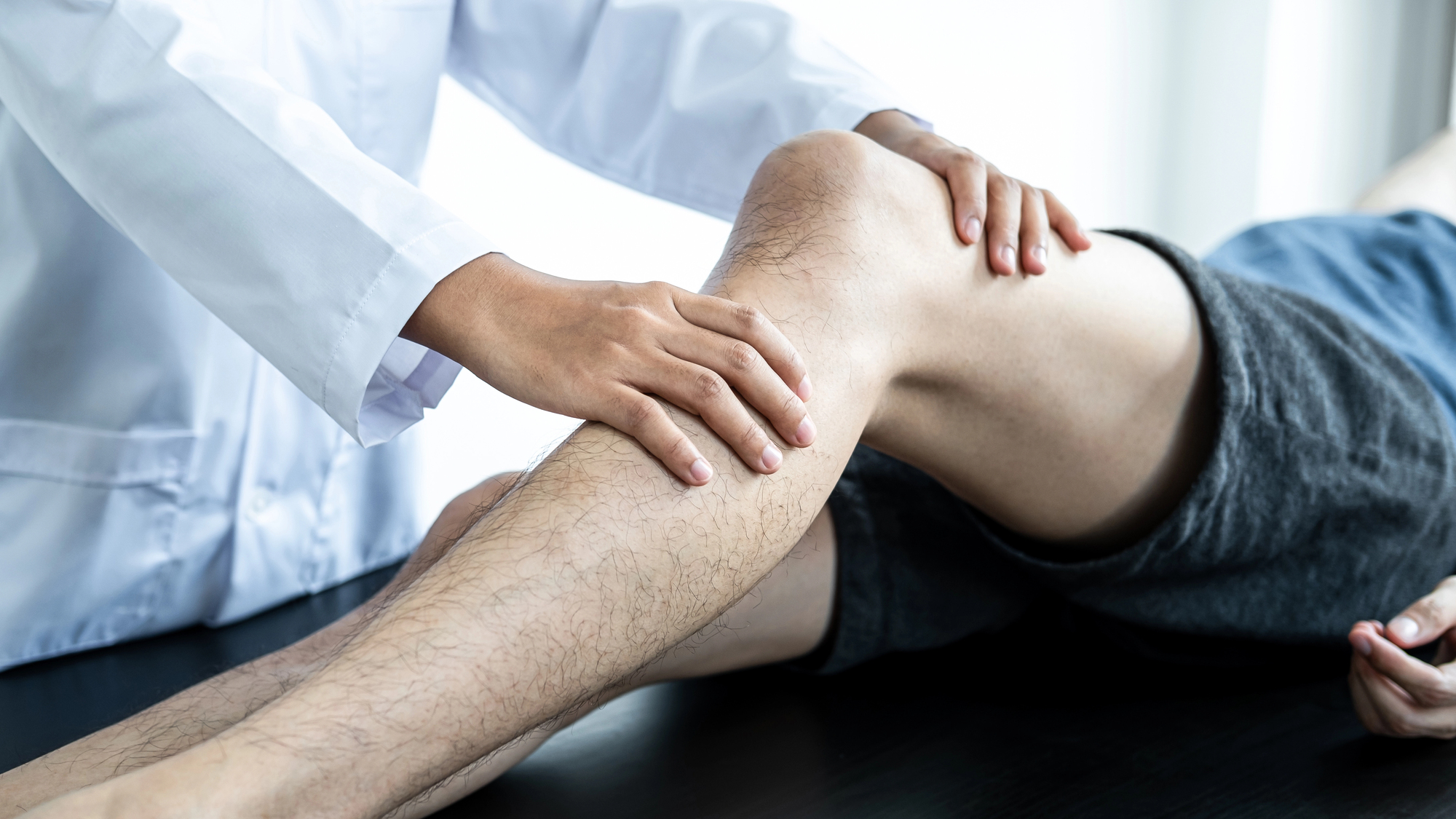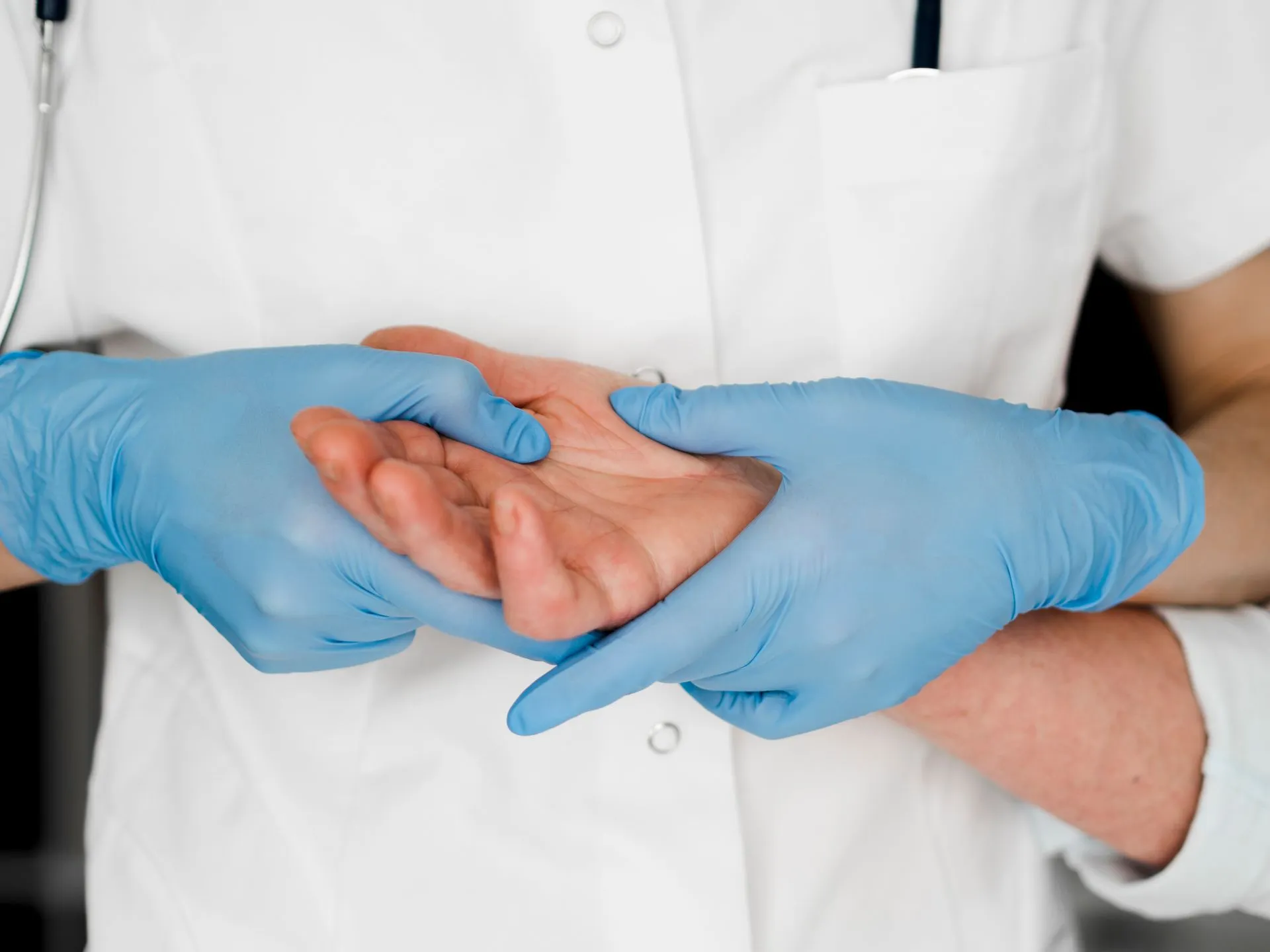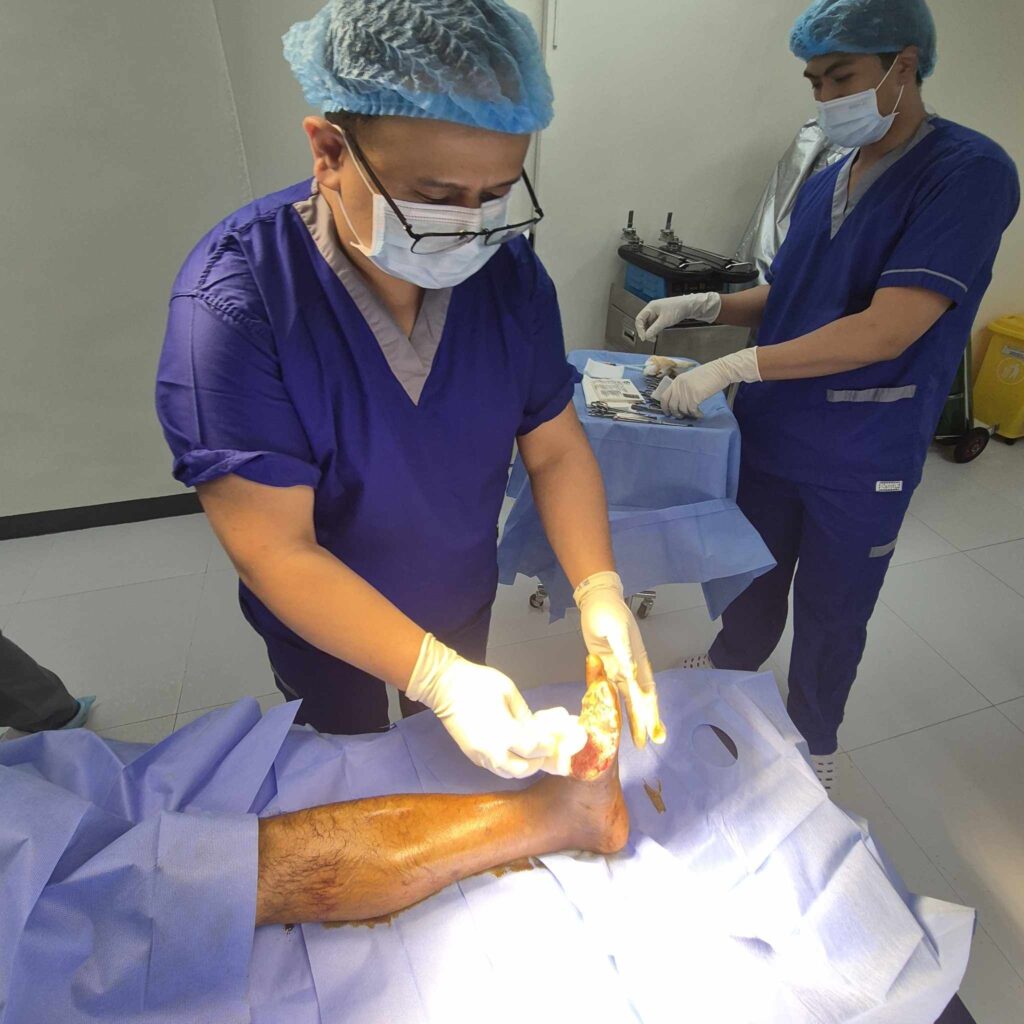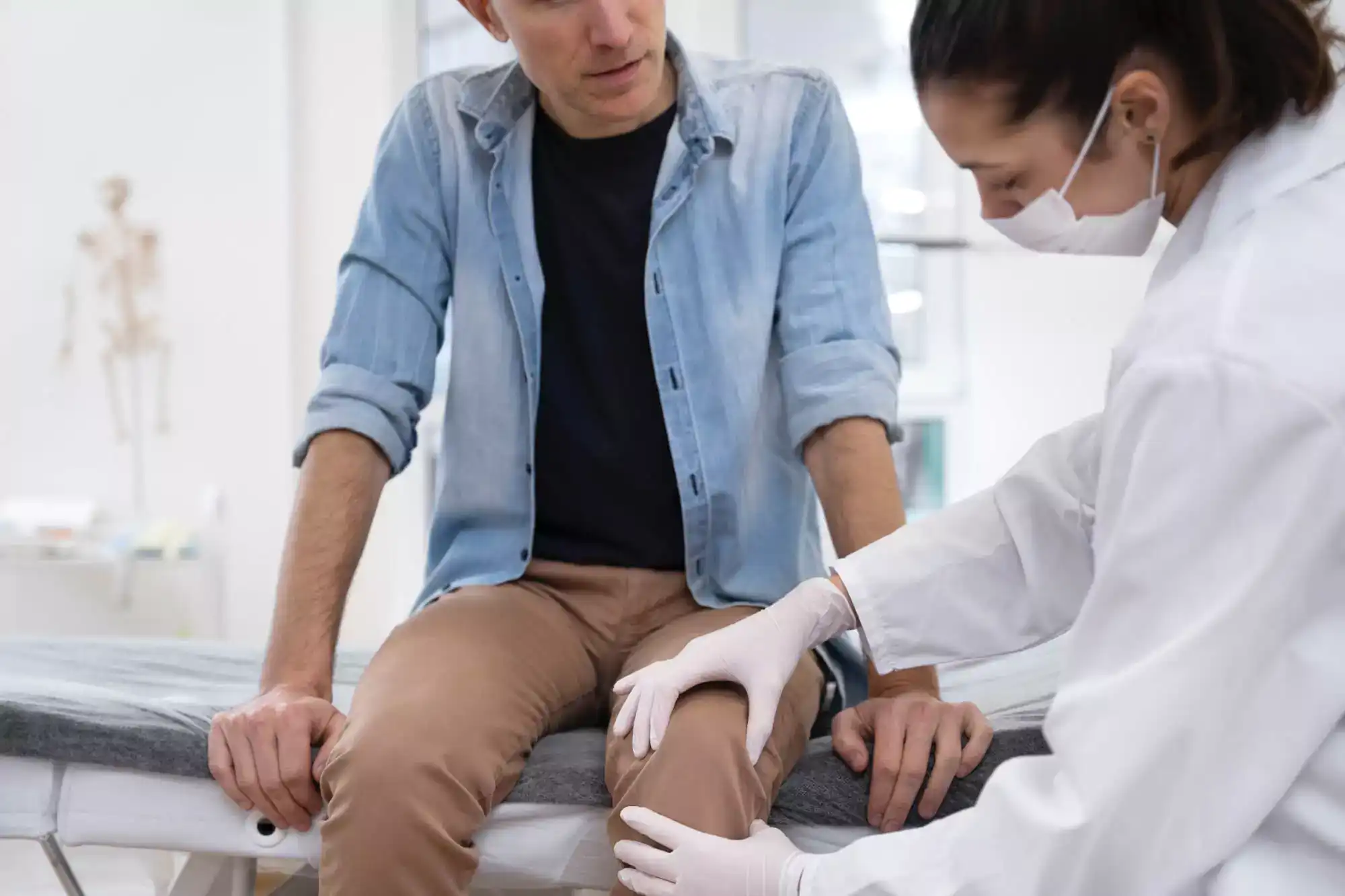Orthopedic care plays a significant role in addressing the complex challenges associated with infected diabetic foot wounds. Effective management of these wounds relies on a comprehensive understanding of the condition, targeted interventions, and ongoing preventive measures. This article provides detailed insight into the causes of diabetic foot wounds, how infections develop, and the orthopedic treatment options available, along with essential strategies to prevent future complications.
Understanding Diabetic Foot Wounds
Diabetic foot wounds typically begin as minor injuries, ulcers, or pressure sores that fail to heal properly. Individuals with diabetes face additional challenges in wound healing because high blood sugar levels and reduced blood circulation can compromise the body’s natural repair mechanisms. When even a small injury goes unchecked, the wound may worsen and become infected, leading to a cascade of health issues.
Factors such as neuropathy (nerve damage) can diminish sensation in the feet, meaning that people may not notice minor injuries until the wound has developed into a serious problem. This lack of sensation, combined with compromised circulation, often results in delayed treatment. Consequently, what might start as a simple cut or blister can escalate into a severe, infected wound that requires specialized care.
Statistics indicate that diabetic foot complications are one of the leading causes of hospitalizations among diabetic patients. This high prevalence highlights the necessity for healthcare professionals to implement tailored orthopedic interventions to manage infections effectively and prevent further deterioration of foot health.
How Infections Develop in Diabetic Foot Wounds
The progression from a minor foot injury to an infection involves several stages. Initially, a small cut or pressure ulcer may appear without alarming symptoms due to diabetic neuropathy. However, if the wound is exposed to bacteria and the body’s immune response is inadequate, the injury can become infected.
Infected diabetic foot wounds often manifest with symptoms such as redness, swelling, pain, and the presence of pus or other discharge. The infection can spread quickly, especially in patients with poor circulation, potentially leading to cellulitis (a deeper skin infection) or even osteomyelitis (an infection of the bone). Left untreated, these infections may escalate to the point where surgical intervention becomes necessary, and in severe cases, there is a risk of amputation.
Early detection and prompt orthopedic intervention are critical in halting the progression of the infection. Regular foot inspections and immediate medical evaluation upon noticing any signs of infection are essential preventive measures.
The Role of Orthopedic Treatment for Infected Diabetic Foot Wounds
Orthopedic treatment for infected diabetic foot wounds involves a multidisciplinary approach aimed at infection control, preservation of healthy tissue, and restoration of function. Orthopedic specialists work closely with other healthcare providers such as endocrinologists, podiatrists, and wound care nurses to deliver comprehensive treatment plans.
Infection Management; One of the primary goals of orthopedic treatment is to control and eliminate the infection. This is achieved through a combination of antibiotic therapy and localized wound care. Broad-spectrum antibiotics are often employed initially, followed by culture-specific antibiotics once the infecting organism has been identified. Localized interventions, such as regular debridement (removal of dead tissue), further help reduce the bacterial load and promote healing.
Tissue Preservation: Preserving as much healthy tissue as possible is another crucial aspect of managing infected diabetic foot wounds. Surgical debridement, when performed judiciously, ensures that only the non-viable tissues are removed. This conservative approach maximizes the potential for the remaining healthy tissue to recover and function properly. Orthopedic surgeons strive to balance the need for aggressive infection removal with the preservation of structures that are critical for mobility and overall foot integrity.
Maintaining and Restoring Mobility: Mobility is often compromised in patients with infected diabetic foot wounds. Orthopedic treatment includes measures to support mobility during the healing process and to prevent long-term disability. Techniques such as offloading devices (specialized footwear or braces) are commonly used to reduce pressure on the affected foot, thus facilitating the healing process while protecting the wound from further injury. Physical therapy and rehabilitation are integrated into the treatment plan to regain strength, balance, and function.
Treatment Options and Procedures
Orthopedic treatment for infected diabetic foot wounds encompasses both non-surgical and surgical interventions, with each approach tailored to the patient’s specific condition and stage of infection.
Non-Surgical Treatments
Antibiotic Therapy: The cornerstone of non-surgical treatment involves the use of antibiotics to combat infection. Early and appropriate antibiotic administration can significantly reduce the severity of the infection and may even obviate the need for surgical intervention.
Wound Care Protocols: Regular wound cleaning and debridement are essential components of the treatment protocol. This process removes necrotic (dead) tissue and helps to reduce the bacterial load, thereby creating an optimal environment for new tissue to grow.
Offloading Techniques: Offloading involves reducing or eliminating pressure on the affected area. Special footwear, casts, and braces are used to distribute weight away from the wound, preventing additional trauma and supporting the healing process.
Local Wound Therapies: Adjunctive therapies such as topical antimicrobial dressings and negative pressure wound therapy (NPWT) can support the healing process by improving circulation and promoting faster tissue regeneration.
Surgical Interventions
When an infection becomes severe or does not respond to non-surgical measures, surgical intervention may be required. The decision for surgery is based on a careful evaluation of the infection’s extent, the patient’s overall health, and the potential for tissue salvage.
Surgical Debridement: This procedure involves the removal of all infected and non-viable tissue. It is essential in preventing the spread of infection and setting the stage for subsequent healing efforts. Surgical debridement is typically performed under anesthesia and can range from minimally invasive techniques to more extensive procedures.
Reconstructive Surgery: In cases where significant tissue has been lost, reconstructive procedures may be necessary. These may involve skin grafts or flaps to cover the defect and restore a functional form to the foot.
Bone Reconstruction: For infections that have reached the bone (osteomyelitis), orthopedic surgeons may need to perform procedures that involve the removal of infected bone tissue followed by reconstruction. This can include the use of bone grafts or specialized fixation devices to maintain structural integrity and support recovery.
Rehabilitation and Post-Treatment Care
Recovery from infected diabetic foot wounds does not end with the resolution of the infection. Post-treatment care is critical to ensure long-term foot health and prevent recurrence. Patients typically benefit from a structured rehabilitation program that includes:
Physical Therapy: Programs designed to strengthen the foot, improve balance, and enhance mobility are tailored to the patient’s ability and recovery progress.
Ongoing Wound Monitoring: Continued monitoring of the treated site is essential to detect early signs of re-infection or complications. Regular check-ups with healthcare providers help manage long-term risks.
Patient Education: Educating patients about foot care, appropriate footwear, and lifestyle adjustments can significantly reduce the likelihood of future wounds. Emphasis is placed on self-inspection and prompt reporting of any new symptoms.
Prevention Strategies for Diabetic Foot Wounds
Preventing diabetic foot wounds and subsequent infections is as important as treating them. Several proactive strategies can be implemented to reduce the incidence of these complications.
Regular Foot Examinations: Both self-examinations and professional assessments are crucial. Patients should inspect their feet daily for cuts, blisters, or signs of infection, while regular visits to a podiatrist or diabetes specialist help catch issues early.
Proper Foot Hygiene: Keeping the feet clean and dry reduces the risk of infections. Daily washing with mild soap and water, followed by thorough drying (especially between the toes), can help maintain skin integrity.
Optimal Blood Sugar Management: Maintaining blood sugar levels within the target range is paramount. Consistent control can improve circulation and promote healthier tissue, reducing the vulnerability of the foot to injury.
Appropriate Footwear: Choosing shoes that fit well and provide sufficient support is a critical preventive measure. Specialized footwear can protect the feet from excessive pressure and friction, lowering the risk of wounds.
Lifestyle Modifications: Incorporating regular exercise, maintaining a balanced diet, and avoiding smoking are lifestyle changes that can improve overall health. Better circulation and improved systemic health contribute to more efficient wound healing and prevention.
Education and Awareness: Patient education programs that focus on the importance of foot care and early intervention can empower individuals to take charge of their health. Understanding the risks and signs of foot complications encourages timely actions that may avert severe infections.
Takeaway
Orthopedic treatment for infected diabetic foot wounds involves a blend of advanced medical interventions and practical self-care strategies. The management process begins with early detection of infection, followed by targeted antibiotic therapy and precise surgical interventions when necessary. Key elements include effective infection control, careful debridement to preserve healthy tissue, and the use of offloading devices to promote healing while maintaining mobility.
Preventing diabetic foot complications is equally essential. Regular examinations, proper hygiene, effective blood sugar management, and the adoption of supportive footwear contribute substantially to reducing the risk of wounds. Moreover, a holistic approach to care — incorporating timely treatment, patient education, and coordinated follow-ups — is instrumental in achieving positive outcomes.
The journey toward improved foot health demands a proactive stance and the commitment of both healthcare providers and patients. With the right combination of orthopedic treatment and preventative measures, the challenges of infected diabetic foot wounds can be effectively managed, paving the way for enhanced mobility and a better quality of life.
For anyone grappling with diabetic foot complications, embracing these strategies offers the opportunity to regain control over one’s health, minimize serious complications, and continue an active lifestyle. Consult with a healthcare professional today to explore your treatment options and start on the path to recovery.

